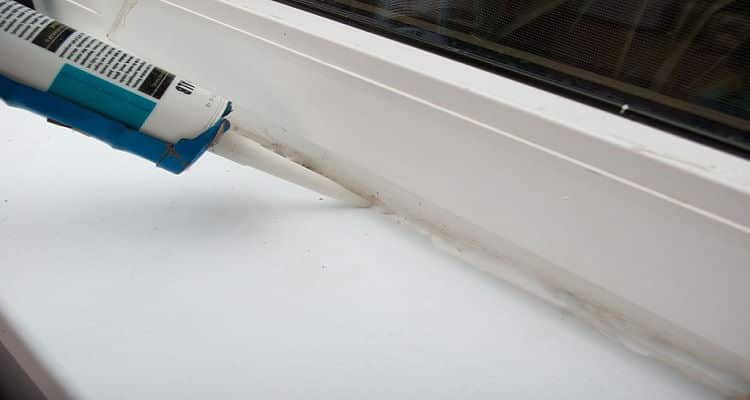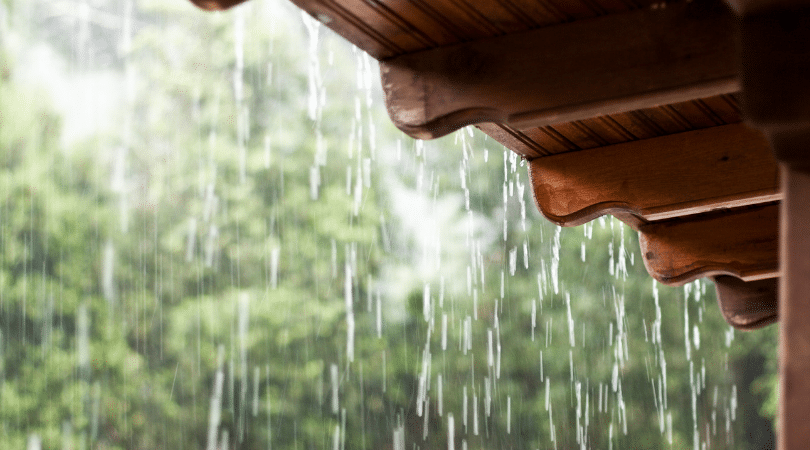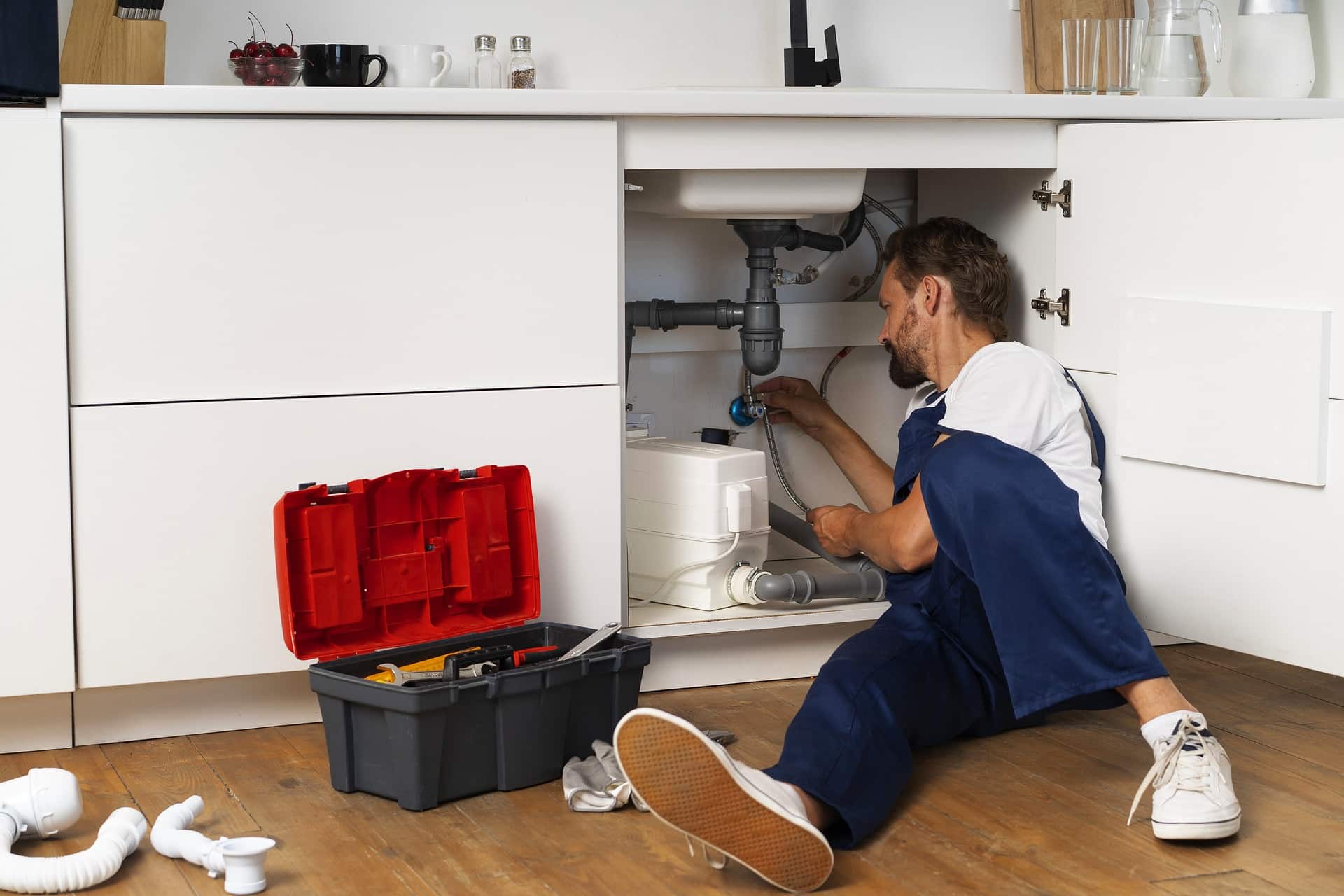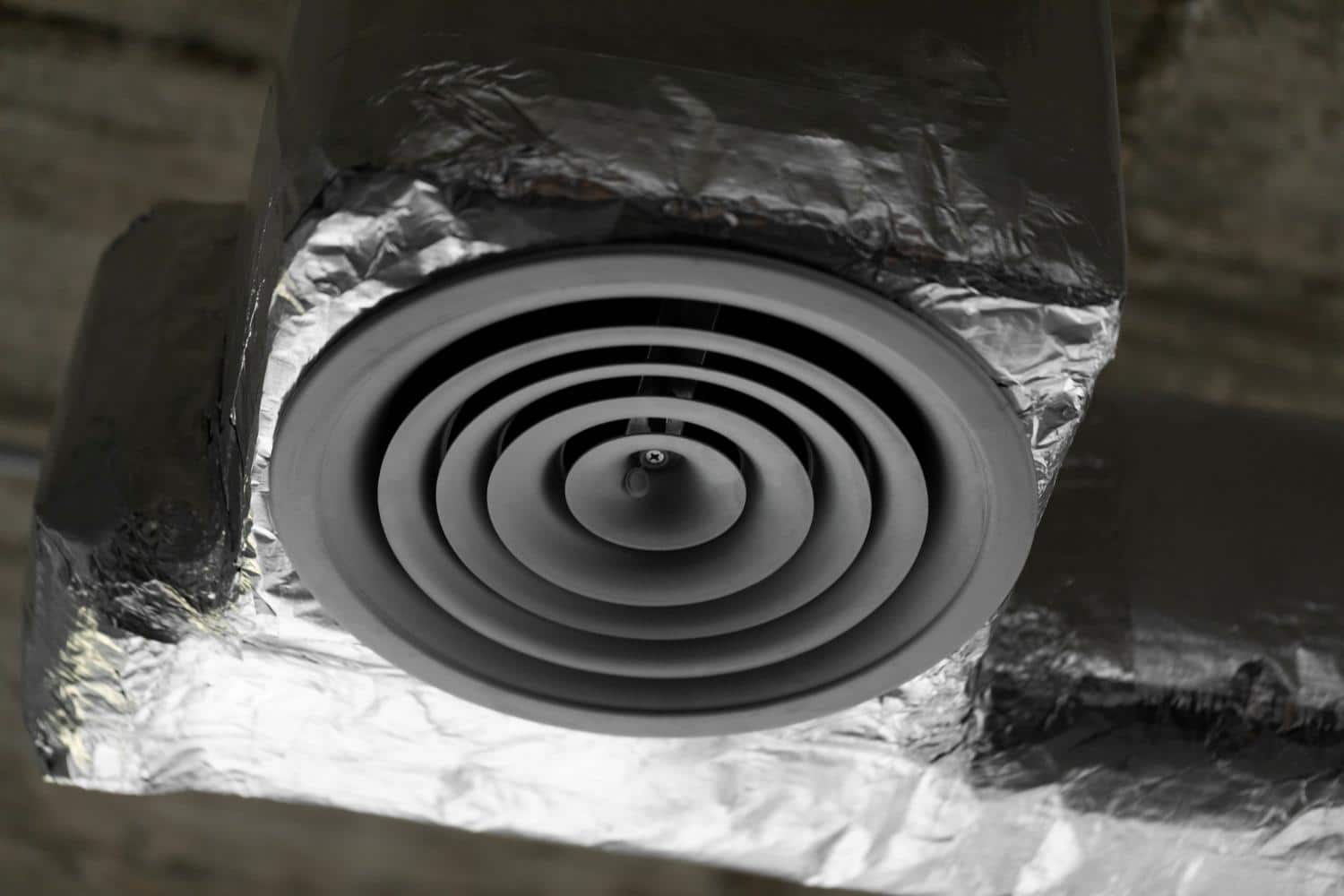Getting Your Home Ready for April Showers
A little spring precipitation doesn’t hurt, but are you ready for downpours? You must prepare accordingly when April rolls around, even if you rarely experience intense wet weather — nature gets angrier over time due to climate change. Use these six tips to keep your family safe and dry during spring showers.
Schedule a Roof Inspection

Your roof is your home’s first line of defense against rain. A single chink in the armor can lead to a massive leak, creating slipping hazards inside the house and increasing the chances of costly water damage.
A roof in disrepair is obvious even to the uninitiated. If you have a shingle roof, curled, cupped, cracked and missing pieces indicate it’s shot. The sight of sagging sections or sunrays piercing through the attic is a smoking gun of a significant structural issue.
Although cursory assessment can reveal telling evidence of roof damage, some problems are easy to miss from afar. You need a professional to climb up there to take a closer look, note every cause for concern, recommend fixes and estimate how much time you have to arrange a repair job.
Taking expert advice seriously should go without saying. If a roofer concludes you need a new one, a replacement project may take a few days to complete. It may take more than a week if the weather is uncooperative, so take action sooner rather than later.
Unclog Your Gutter System
Gutters and downspouts ensure rainwater doesn’t go where it shouldn’t, so they must be clog-free. The problem is debris naturally accumulates in them. If tall trees surround your home, twigs and dead leaves can build up, affecting their drainage capability and keeping moisture levels high.
Gutter blockages don’t fix themselves, but fortunately, using a ladder for cleanup is optional. The vacuum, leaf blower, hose and pressure washer methods are worth considering to clear obstructions from the ground. You can pull this off by buying an extension attachment for your tools at local hardware stores.
The DIY approach doesn’t guarantee success, so consider hiring pros if you have money to spare. Local roofing, landscaping, window and siding contractors may offer gutter cleaning services. Outsourcing this job yearly can be expensive — spend cash on a cover once to keep your gutters free of wind-driven debris.
Trim Nearby Trees

Overhanging branches endanger your residence when strong winds blow. Tree limbs can bruise roofing materials as they move, resulting in water infiltration, while gales can break them and send them straight into your home. A broken house in the middle of a downpour is uninhabitable.
Use a tree trimmer to give your backyard trees a proper haircut. This professional can perform the job carefully and strategically to maintain right-of-way for roads and sidewalks, prevent property damage, and ensure healthy tree growth.
Check Your Siding
Siding panels must be intact during a storm because they comprise much of your house’s envelope. Any structural imperfection offers little protection against wind-driven rain, bringing about water leakage.
Walk around the perimeter of your home to evaluate your siding. Look for material damage, color discoloration, proof of pest infestation, peeling paint, rusty or missing nails, and cracking caulk. These warning signs suggest your siding system is compromised, so schedule a repair soon.
Re-Seal Doors and Windows

Doors and windows cover holes, so they must be watertight to keep the elements at bay. Homeowners focus on checking the weather stripping on entry doors and windows, but the garage door seal must also be in good repair. Installing raised rubber strips on the bottom panel can reduce the risk of water damage.
Wooden doors are at even more risk, becoming damaged as they absorb moisture from rainy weather. Over time, they can get up to 20 pounds heavier from rainwater alone. Water-damaged doors can warp and fall out of alignment, at which point you’ll likely need to replace the door outright.
Devise an Emergency Plan
A rainstorm can be destructive enough to damage your home and disrupt utility services abruptly. Knowing what to do during a worst-case scenario matters to keep your family safe when you lose power, water, cooking fuel or heat for an extended period.
A good emergency preparedness plan involves everyone to keep any family member from panicking when disaster strikes. Teach your little ones about all the emergencies that could happen during severe weather, using role-playing sessions to give them a preview of various hypothetical scenarios. This way, they can have a chance to practice, commit mistakes when the stakes are low, learn from their errors and familiarize themselves with complex situations before they experience them in real life.
Arrange regular refreshers. It’s crucial to quiz your kids every six months to help ingrain what you taught in them because they never know when they may have to apply your lessons.
You Can Never Be Too Prepared for Downpours
There’s no such thing as being overprepared. Be paranoid enough to inspect your house thoroughly to discover and fix all its problems ahead of time. Plan for the worst to ensure your family safely rides out a disastrous scenario should it happen.
Jack Shaw is a freelance writer who has spent the last five years writing about how to improve your home and health. He serves as senior writer for Modded, and since then has contributed to Better Triathlete, Log Cabin Hub and Hella Life among many other publications. When not writing, he can often be found working on his own home or simply playing with his dog.






